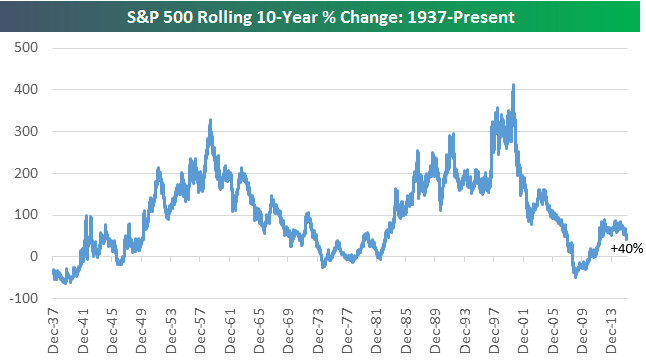FAIRX - blast from the past What could go wrong? Half the FAIRX portfolio, St Joe, bought almost 13y ago and up >140% ytd, is
... one of Florida's largest landowners, with about 573,000 owned acres, of which 70% is located within 15 miles of the Gulf of Mexico. Holdings are concentrated in Walton, Bay, Gulf, Franklin, and countries, in the northwest corner of the state. It also owns a few thousand acres in other counties. It has secured entitlement for development on roughly 30,600 of these acres, to include about 16,300 residential units and 10.3 million square feet of commercial space. Several thousand of its entitled acres won't be developed for decades.
Dodge & Cox Emerging Markets Stock Fund update
Alternatives to Low Yielding Bond Funds I'm assuming that
@Crash means that PTIAX's R² calculated relative to Bloomberg Barclays U.S. Aggregate Bond Index is substantially higher than the category's R² calculated relative to that same index.
While 39% is certainly higher than 16%, the numbers are so low as to provide little insight. At best (i.e. assuming that the linear regressions are
even meaningful), it says that 2/
5 of PTIAX's gains/losses can be explained by movements in the "bond market".
Multisector bond funds don't resemble the bond market and so comparing performance with the broad market doesn't offer much insight. M* doesn't even benchmark the category against this index. Instead it uses Bloomberg Barclays U.S. Universal Bond Index. (See the footnotes under the Risk and Volatility Measures table cited.)
https://www.morningstar.com/articles/864498/a-more-complete-bond-index-fundFWIW, the index that M* finds to be the best fit to the fund is a 6
5/3
5 blend of Barclays High Grade and Barclays High Yield indexes. Which isn't all that surprising given that the fund has about 10% BB or below and another 8% unrated. That's less junk than the category average (40% BB or below and
5% unrated), which also explains its higher but still small correlation with the (investment grade) aggregate bond index.
http://performance.morningstar.com/fund/ratings-risk.action?t=PTIAXCompare this with a multisector fund like TSIIX which comes close to category average allocations: 36% BB or below and 4% unrated). With more junk, its R² relative to the investment grade aggregate bond index of 1
5.30% is nearly the same as the category average 16%.
http://performance.morningstar.com/fund/ratings-risk.action?t=TSIIX
Alternatives to Low Yielding Bond Funds Thanks, Crash and Starchild, for your suggestions.
PTIAX, another multisector bond fund, looks good and I'll add it to my watchlist to monitor its
risk/reward performance.
Fred: M* link to 3-5-10 year risk/reward profile:https://www.morningstar.com/funds/xnas/ptiax/riskI'm seeing a
relatively high R-squared compared to its
category.
Alternatives to Low Yielding Bond Funds Where do you see 59% of portfolio in B and BB bonds?
PMEFX Inception 7/31/20.
As of 9/30/20: 25.7% equity and 74.3% bonds. Of the 74.3% bonds: 22.7% AAA, 6.1% BBB, 27.2% BB, 22.6% B, 3.9% CCC and 17.5% convertibles. Not enough time to see how the portfolio construction settles. Limit 40% equity exposure.
Alternatives to Low Yielding Bond Funds PMEFX 59 % bb-b bonds (fixed income)
Stay safe, Derf
Wealthtrack - Weekly Investment Show - with Consuelo Mack December 22nd Episode:

Investing at the All Time Highs In VFINX Yes, thanks; my chart criticism was misguided. I am kneejerk about reinvesting.
I picked a longlived mfund, FFIDX, and as usual went to:
http://quotes.morningstar.com/chart/fund/chart.action?t=ffidxM* always includes "S&P
500 TR USD", which is often (not always) slightly unmatched by the performance of actual SP
500 mfunds. That aside, the $10k value of S&P
500 TR USD as of 1/11/73 returned to $10k (with reinvestment), indeed had broken even and then gone above, by 7/2/76. Which is earlier than I wrote.
This abovewater state continued for a while.
I don't know what a fair fund example would be for SP
500 for that period. FFIDX, fwiw, was itself back to breakeven by the middle of June of the Centennial, ~3.
5y later.


